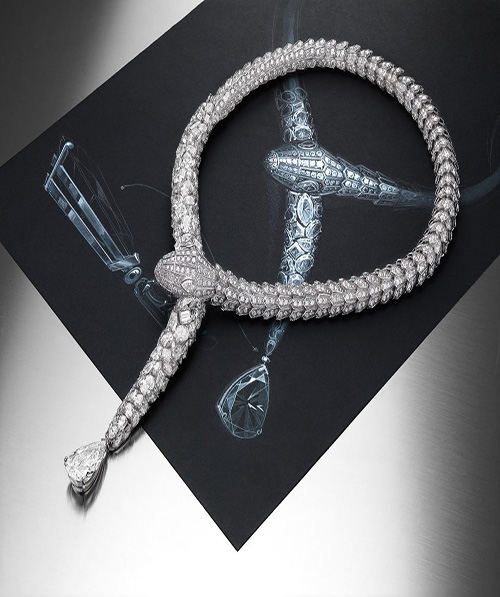GOLD
Gold’s softness and malleability makes it the perfect metal to create jewelry. It is also nontoxic, resists tarnishing, doesn’t corrode, is hypoallergenic, and retains its value making it very popular to wear. The natural color or shade of gold is yellow, which also happens to be the most commonly used shade of gold when making jewelry. Yellow gold is alloyed usually with copper or silver to add strength because of how soft pure gold really is. Another popular shade of gold is white gold made by mixing yellow gold with zinc, nickel, palladium, or copper.
Vermeil- Pronounced “vermay,” vermeil is a French word describing sterling silver that has been electroplated with at least 100 millionths of an inch of karat gold.
How to Buy Gold
When buying gold always look for the karat mark to ensure that it is real. Pure gold is usually 24K and is much too soft to make jewelry so it is alloyed with other metals to increase its strength. For example, jewelry marked 18K gold means it is 75 percent pure gold. The designation placed on gold like the karat and the maker’s trademark is to ensure that it is real gold. In the Untied States the most common karat of gold is 14K. Nothing less than 10K gold can be legally sold in the United States. However, lower karatages are popular in other countries.
Care for Gold
Since gold is so durable and malleable it is ideal for settings containing diamonds, pearls, or gemstones. Always keep gold clean and never use harsh chemicals to clean it with. Gold can easily be scratched so keep it is a fabric lined case and away from other jewelry. If a piece of a setting breaks you can always take it to your jewelry professional and have it repaired.
STERLING SILVER
How to Buy Silver
In its purest state, silver can be as soft as gold and therefore it is generally alloyed with another metal, usually copper, to add strength. Karatage is not used when technically speaking about silver because any piece of silver or sterling silver must be 92.5 percent pure to considered real silver. The finish of silver can be polished to a high sheen that not even platinum can match. The finish can also take on different textures when made into jewelry like polishing, matte or brushed, sandblasted, oxidized, or antiqued. Often, silver will take on a worn looking finish because of a response that happens the wearer’s skin so before purchasing a piece of silver jewelry make sure that you are not allergic to silver. All sterling silver must be marked as such.
Rhodium Plated – a tarnish free finish
Care of Silver
Silver requires more maintenance than any other metal. Tarnishing occurs because silver reacts to pollutants in the air, which is then exacerbated by moisture and heat. Tarnishing can be removed by chemical tarnish removing solution.










